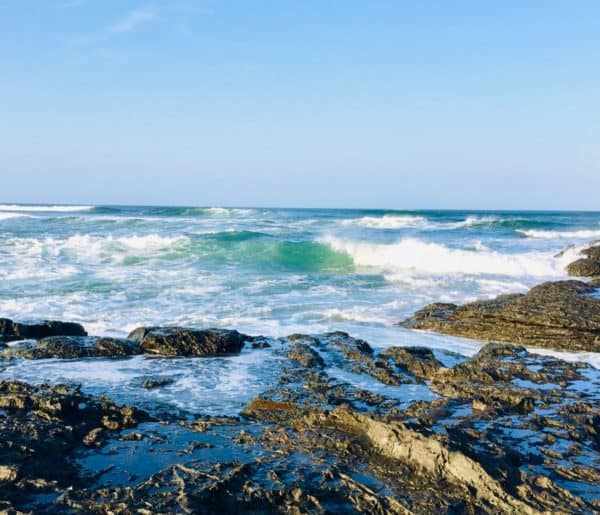The developers of Ocean Protocol, which allows software engineers to build marketplaces and other apps to privately and securely publish, exchange, and consume data, will be creating a “bridge” between the Energy Web Decentralized Operating System (EW-DOS) and Ocean’s data marketplaces.
As mentioned in a release, customers, vendors, and grid operators will be able to send power telemetry data from distributed energy resources (DERs) to Ocean, allowing data monetization for users and Ocean marketplaces. Ocean’s artificial intelligence (AI) and machine learning (ML) algorithms will be running various analytics programs, in order to identify or uncover energy generation and consumption patterns that can inform improved renewable energy grid integration and Internet of Things (IoT) device optimization for DERs.
Razvan Olteanu, COO at Ocean Protocol stated:
“We’re leveraging Ocean v3 Datatokens to tokenize power telemetry data from Energy Web devices, thereby creating an opportunity for these tokens to be used as instruments in DeFi projects.”
Olteanu added that Ocean’s developers aim to establish a benchmark on how energy domains can share and monetize private data in a secure manner, while learning how to optimize their operations.
As explained in the announcement:
“DERs running on EW-DOS have their own decentralized IDs, in the spirit of Web3’s approach to self-sovereign identity. This allows them to create their own DER passport, get listed in the Energy Web registry, and enroll in one or more applications or energy marketplaces, all while controlling third-parties’ access to their data. Similarly, Ocean keeps data assets secure with Web3 access control.”
Micha Roon, CTO of Energy Web, said that a bridge from DERs supported with EW-DOS to Ocean’s marketplaces may help the energy industry with “cracking the code while retaining data privacy.”
He added that DERs— which may range from solar and storage systems to electric vehicles to smart thermostats—can do a lot more when they’re added to an integrated power grid. He claims that these IoT assets tend to be “chronically underutilized.”
The release further noted that EW-DOS data that’s fed into Ocean may then become “part of single-vendor and/or cross-vendor marketplaces.” For instance, a vendor might be a DER device manufacturer, aggregator, renewable energy developer, or grid operator.
The announcement explained:
“Any given marketplace in Ocean can then be analyzed to see patterns and opportunities to optimize the system across devices. The potential use cases [could be:] improved dispatch for smart thermostats, coordinating vehicle-to-grid services from electric vehicles, improving interactions between transmission and distribution systems.”
This type of DER optimization has reportedly been a key focus area of the National Renewable Energy Laboratory in the US.


